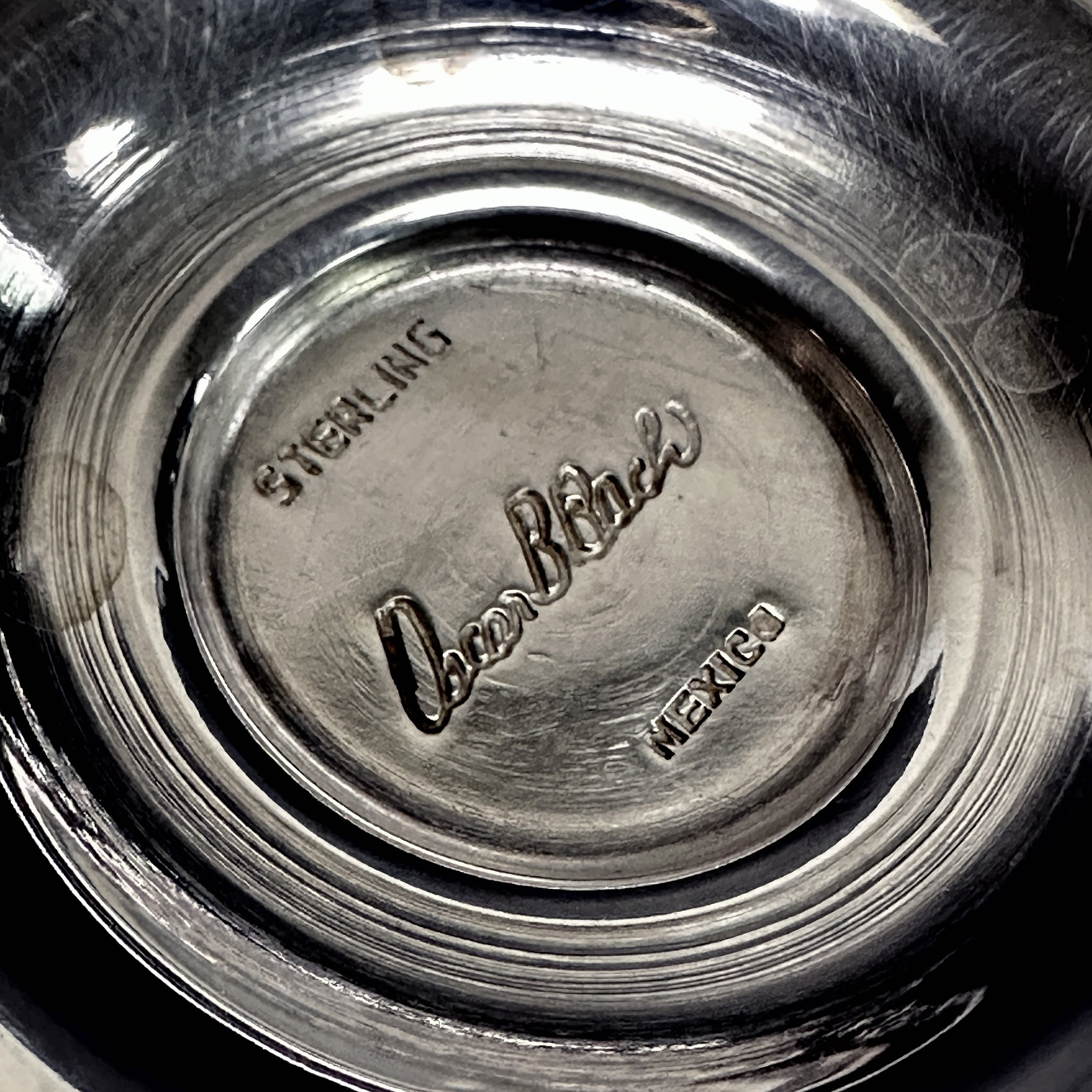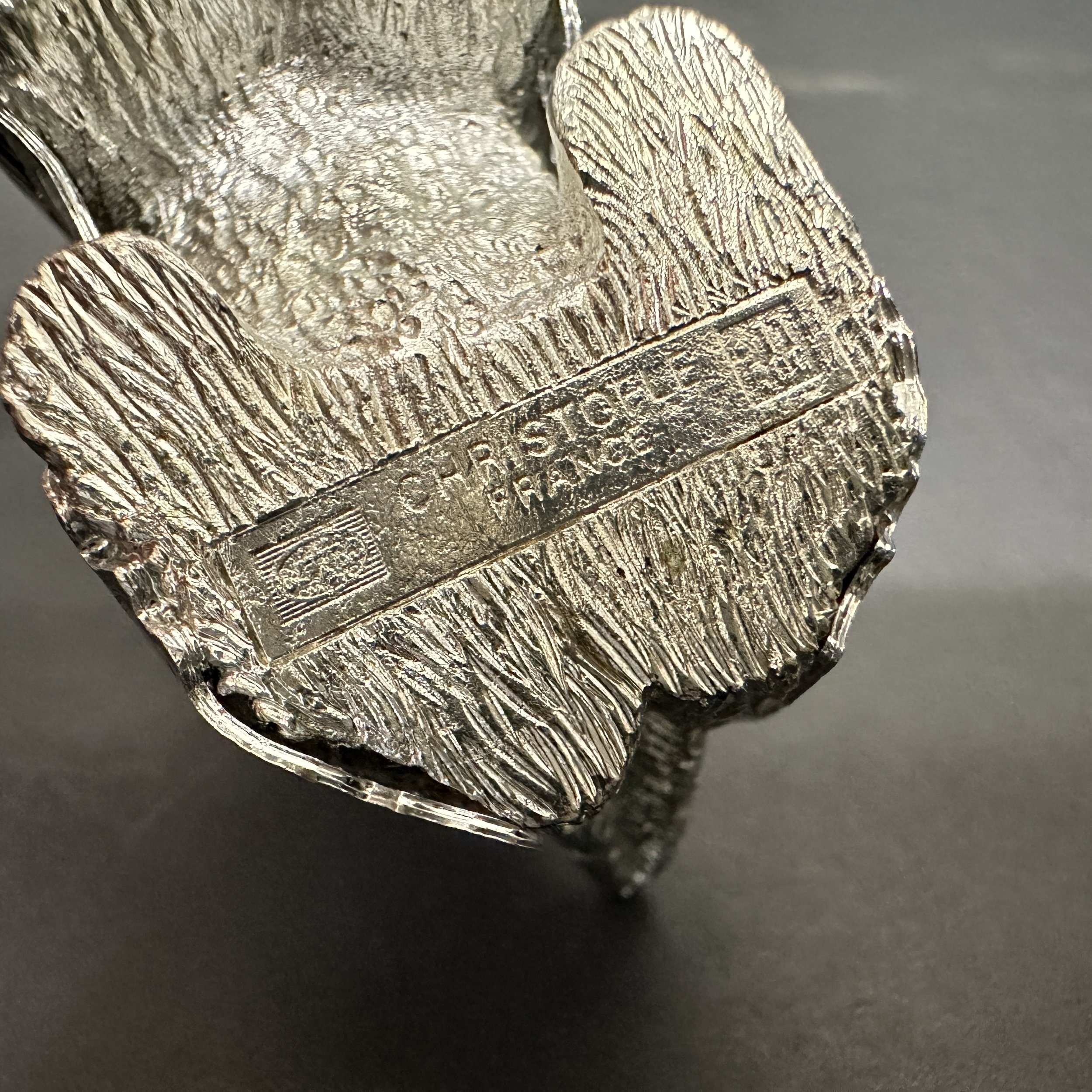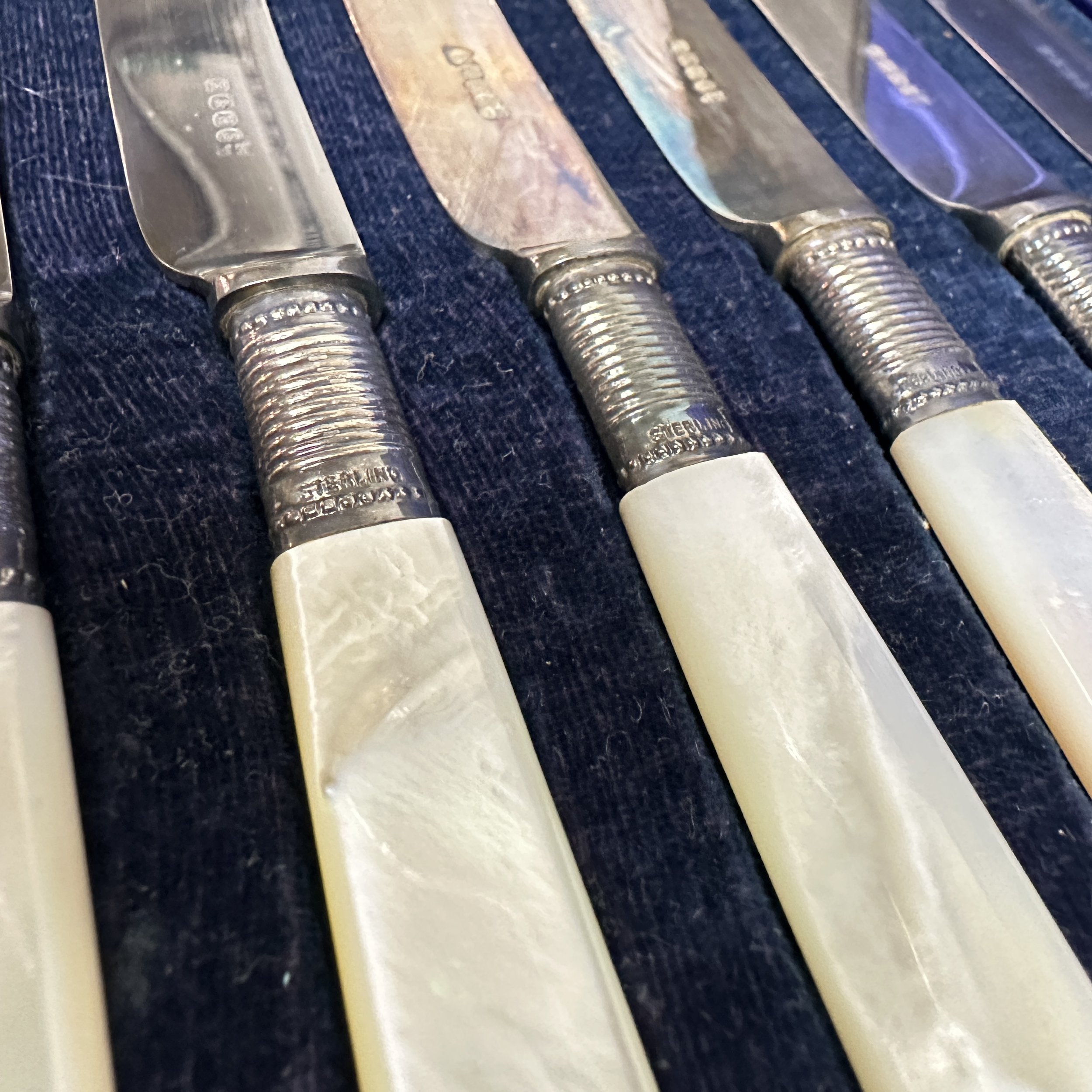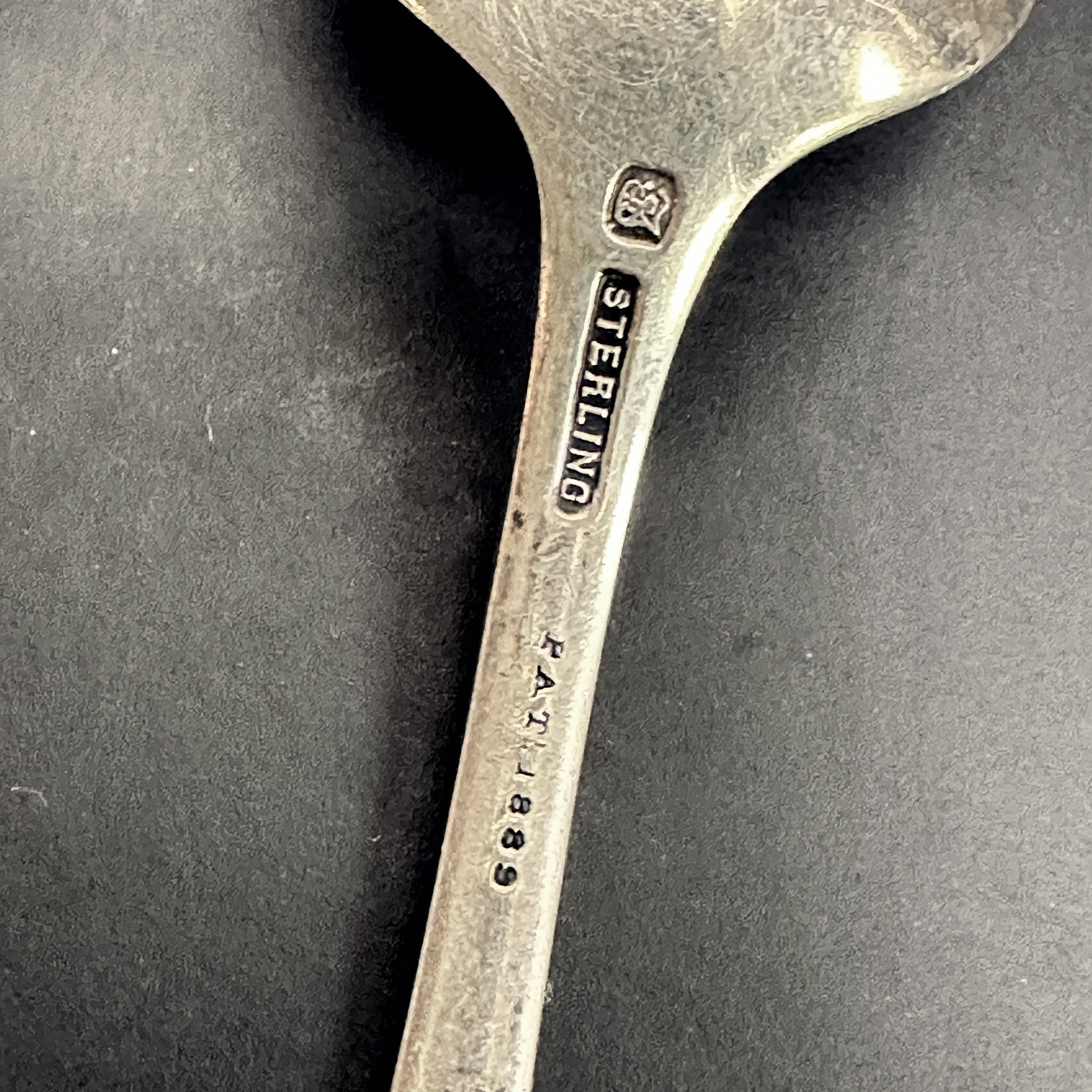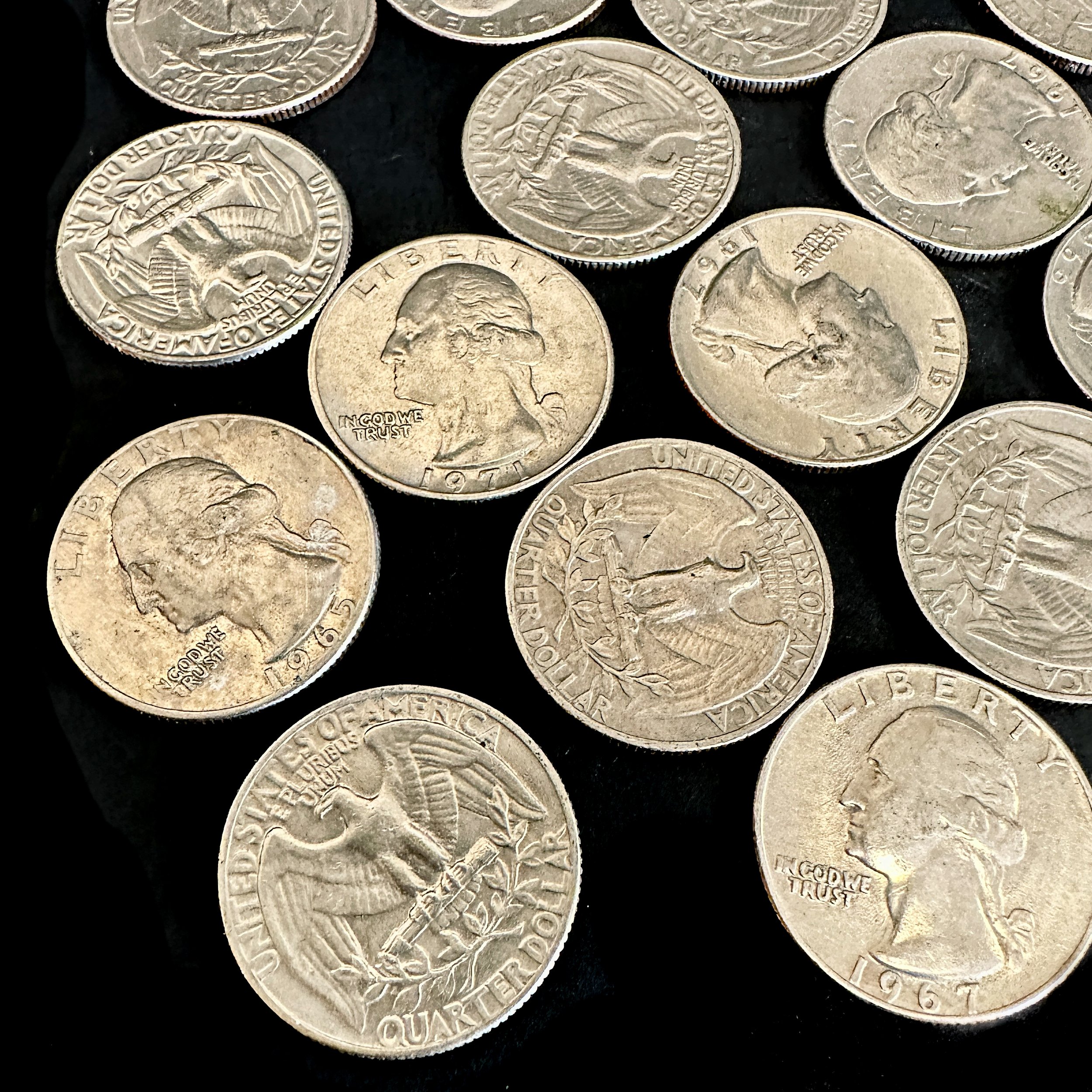Surprising Ways to Identify Sterling Silver + Coins
What is sterling silver?
Sterling silver doesn’t indicate 100% silver. In fact, it indicates that a piece is composed of 92.5% silver content; you’ll often see the ‘925’ mark stamped on silver jewelry and tableware. Silver is a relatively soft metal, so other alloys are added to increase durability.
In our current online auction, we sorted through thousands of coins and needed a quick way to identify those comprised of silver.
We’re sharing a peek into our process and tips to identify sterling silver treasures!
Hallmarks
Sterling silver is almost always marked, but its meaning may not be obvious. Often, the mark “925” appears - which refers to the 92.5% silver content. We like to have a loupe on hand to spot the tiniest of marks, especially on jewelry!
Tableware will almost always include both composition (Sterling, Ster, or 925) and the maker. Here are a few examples from our current online auction:
Surface Wear
Silver is a relatively soft metal, that’s why Sterling is 92.5% instead of 100% silver. Alloys are added to increase durability.
Coins are a little more unique in that they are not marked and may have a higher alloy content since they’re intended for circulation.
Of course, the mint date and currency type can be used to research the silver content, but often the surface wear is a clear indication. Take a look at these quarter collections:
On the left, these clad quarters produced after 1965 are fairly uniform in color and surface wear. On the right, you can see Washington’s face is worn unevenly and tarnished, consistent with circulated silver quarters produced between 1932-1964.
Sound
Coins may not have a hallmark to read, but they still have something to say!
On the left, listen for the delicate “plink” as the silver dimes collide with one another.
On the right, you’ll notice that these clad dimes sound more like a “clunk”!
See all of these items in our current online auction, and let us know in the comments what you’d like to learn about next!


